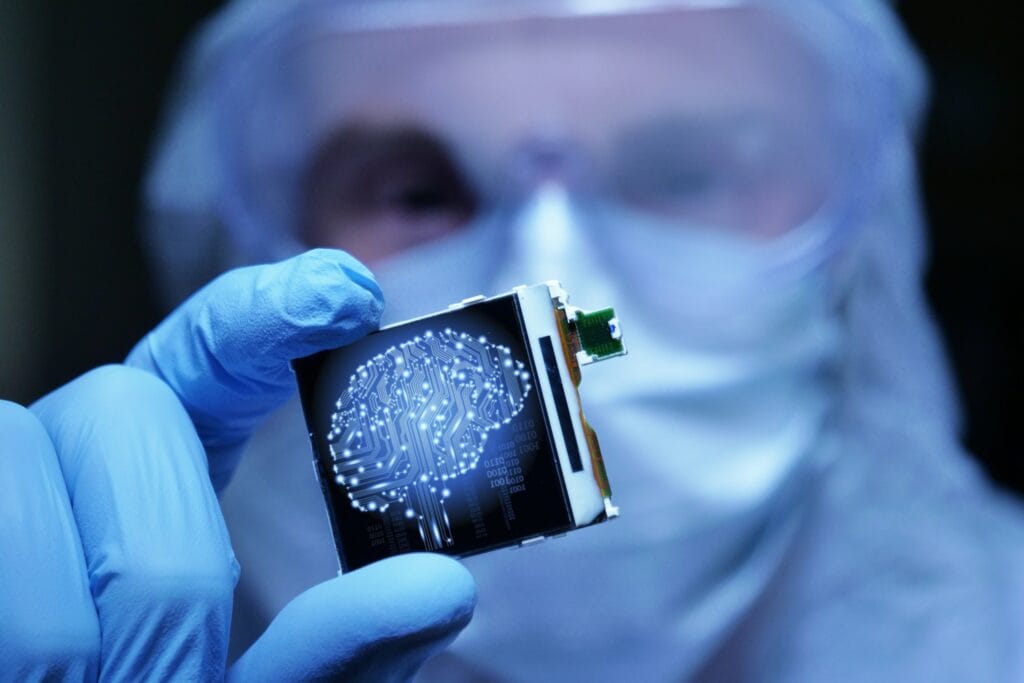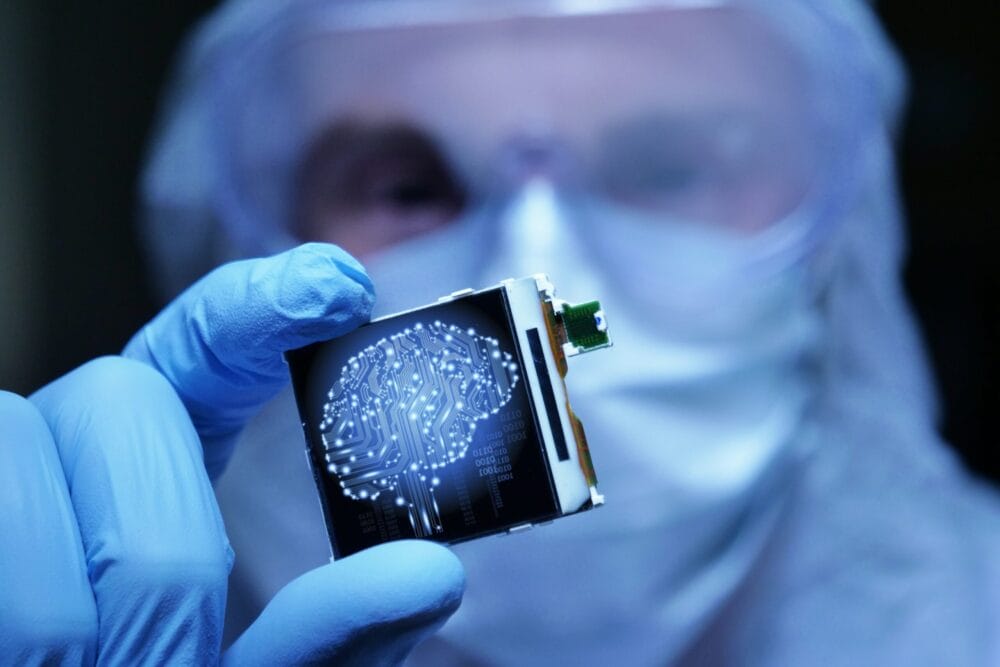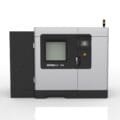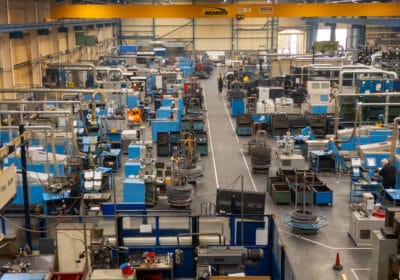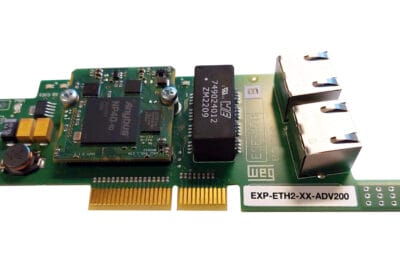Automation needed to handle the world’s smallest devices
The manufacturing of micro medical devices, with their increasingly complex geometries and tiny dimensions, presents unique challenges to manufacturers. When the final product is only millimetres wide, the internal minuscule scale of the components involved must be manufactured at the microscale, often being invisible to the naked eye. Here, Tom Cash, director of Siemens parts supplier Foxmere, explains why OEMs should automate high precision assembly.
Early this year, researchers at the Brigham and Women’s Hospital developed a grain-sized implant called The Micra™, a heart-implanted pacemaker.
The implant delivers nano doses of anti-cancer drugs directly into a patient’s brain tumour, which not only enhances precision but also reduces invasiveness too, with the size of the pacemaker being that of a vitamin capsule.
The iStent inject®, one of the world’s smallest medical implant, is also inserted during cataract surgery and remains within the eye to alleviate intraocular pressure.
This innovative device offers a minimally invasive option for managing eye pressure, and is particularly beneficial for conditions like glaucoma, ensuring ongoing relief and improved patient recovery.
However, manufacturing micro medical devices with intricate geometries, like the world’s smallest pacemaker, the Micra™, requires specialised approaches because of components that are just millimetres in size, and wires that are just .002 inches.
Material selection
Assembling microdevices goes beyond the dimensional accuracy of parts. As objects diminish in size, micro and nanoscales introduce substantial changes in surface-to-volume ratios, altering chemical and material properties.
Consider micro-electromechanical systems (MEMS), which are crucial components in biomedical applications. At these minute scales, MEMS face challenges such as heightened friction, shifts in thermal conductivity and increased sensitivity to external forces.
These transformations have a direct impact on the reliability of MEMS, particularly in applications like microfluidic components, implantable drug delivery devices and neurostimulators.
To tackle these challenges, manufacturers must meticulously choose materials and employ microfabrication techniques. Photolithography, etching and electroplating are all processes used to shape and structure materials accurately on a minuscule scale, making them ideal for the precision required for microdevices.
Spotting defects
What’s more, the medical device industry is governed by stringent quality standards and regulations, such as the Medicines and Healthcare products Regulatory Agency (MHRA), which is responsible for regulating the UK medical devices market to ensure they are safe and effective for their intended use.
Adhering to rigorous standards, the manufacturing of micro medical devices covers all stages of production, spanning from the initial design to the final part inspection.
Here, quality management systems must guarantee that every minute component aligns with required specifications and tolerances, ensuring precision and quality for all medical applications.
For example, Ultra-HD cameras capture detailed images that use AI and advanced algorithms analyse irregularities or specific attributes in real time.
The use of highly sensitive sensors, such as micro-scale cameras, accelerometers or pressure sensors, can also be integrated into medical devices to monitor and detect micron level defects.
ROI
With that in mind, assembly usually stands out as the most financially demanding phase in bringing a device to market. Yet not many manufacturers realise that return on investment (ROI) through automation can be a strategic advantage.
In the initial planning phase of microdevice manufacturing, attention to material selection, component costs and process validation is common, but we find that many underestimate manufacturing and assembly costs.
In fact, according to Techreviewer, robotic process automation in healthcare helps to reduce operational costs by nearly 50 per cent. In addition, the report also claims that automation helps to recover costs in a short period.
Partnering with a reliable automation parts supplier with expertise in high precision assembly, like Foxmere, is essential for manufacturers wanting to navigate their way through the complexities of microdevice manufacturing.
In a sector that demands accuracy, quality and adherence to industry standards, manufacturers must be able to lean on a trusted parts supplier, especially as groundbreaking innovations — like the Micra™ and the iStent inject® — require a more customised approach.
To find new, reconditioned or obsolete parts for medical device manufacturing, regardless of whether it’s a 20-year-old system or the latest automation technology, please visit the Foxmere website.

